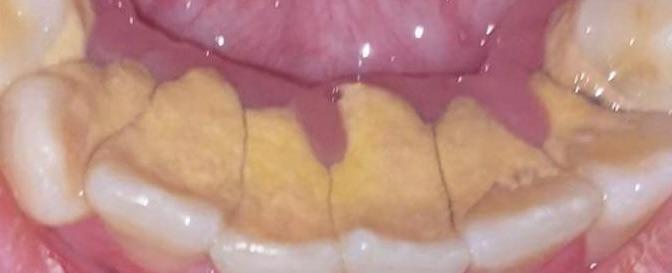The term "calculus bridge" might sound like an advanced mathematical concept, but in the realm of dental health, it refers to a significant accumulation of hardened dental plaque, also known as tartar, that forms a bridge-like structure over the teeth and gums. This essay delves into the causes, consequences, prevention, and treatment of the Dental calculus, emphasizing its impact on oral health. Understanding and addressing this condition is crucial for maintaining a healthy mouth and preventing more severe dental issues.
Causes and Formation of Dental Calculus
The formation of a Dental calculus begins with the accumulation of dental plaque, a sticky film of bacteria that constantly forms on the teeth. Plaque is a natural byproduct of food particles, bacteria, and saliva, and while regular brushing and flossing can remove it, any plaque left behind can harden into tartar within 24 to 72 hours. Tartar, or dental calculus, is a rough, porous deposit that adheres firmly to the tooth surfaces and can only be removed by professional dental cleaning. Several factors contribute to the formation of a Dental calculus.
Consequences of Dental Calculus
The presence of a Dental calculus can have several detrimental effects on oral health. One of the most immediate consequences is gum inflammation, known as gingivitis. The rough surface of tartar irritates the gums, causing them to become red, swollen, and prone to bleeding, especially during brushing or flossing. If left untreated, gingivitis can progress to periodontitis, a more severe form of gum disease that involves the destruction of the tissues and bone supporting the teeth.
Prevention of Dental Calculus
Preventing the formation of a calculus bridge requires a consistent and effective oral hygiene routine. Brushing the teeth at least twice a day with fluoride toothpaste is essential for removing plaque before it can harden into tartar. Using a toothbrush with soft bristles and replacing it every three to four months ensures optimal cleaning efficiency. Flossing daily is equally important, as it removes plaque and food particles from between the teeth and along the gumline, areas that toothbrushes cannot reach.
Treatment of Dental Calculus
Once a Dental calculus has formed, professional dental treatment is necessary to remove it. The primary method for removing tartar is a procedure called scaling, which involves using specialized dental instruments to carefully scrape off the hardened deposits from the teeth surfaces and below the gumline. In more severe cases, root planing may be required. This procedure involves smoothing the root surfaces to remove bacterial toxins and promote the reattachment of the gums to the teeth. For patients with advanced periodontitis, more intensive treatments may be necessary.
The Importance of Early Detection and Education
Early detection and education are critical components in the fight against calculus bridge formation. Regular dental checkups allow for the early identification of plaque buildup before it hardens into tartar. Dentists can use tools like dental explorers and X-rays to detect areas of concern that might not be visible to the naked eye. Additionally, educating patients about the importance of oral hygiene and the specific techniques for effective brushing and flossing can empower them to take control of their dental health.
The Role of Technology in Managing Dental Calculus
Advancements in dental technology have revolutionized the way Dental calculus is managed and treated. Ultrasonic scalers, for instance, use high-frequency vibrations to break up and remove tartar more efficiently and comfortably than traditional manual scaling. Laser dentistry offers another cutting-edge option, targeting tartar deposits with precision and reducing the risk of gum damage. These technological innovations not only improve the effectiveness of tartar removal but also enhance patient comfort and reduce treatment times.
Promoting Long-Term Oral Health
Promoting long-term oral health goes beyond immediate treatment and involves fostering habits that prevent the recurrence of calculus bridge. Educators and healthcare professionals should emphasize the importance of a comprehensive approach to oral hygiene that includes not only regular dental visits but also consistent at-home care. Encouraging the use of tools like electric toothbrushes, which can be more effective at removing plaque than manual brushes, and water flossers, which can reach areas traditional flossing might miss, can help maintain cleaner teeth and gums.
Conclusion
The calculus bridge is a common but serious dental issue that arises from the accumulation of hardened plaque on the teeth and gums. Its formation is largely preventable through diligent oral hygiene practices, including regular brushing, flossing, and professional dental cleanings. Understanding the causes and consequences of a Dental calculus highlights the importance of maintaining good oral health to prevent gum disease and other related health issues. By taking proactive steps to care for their teeth and gums, individuals can avoid the complications associated with tartar buildup and enjoy better overall health.





Comments